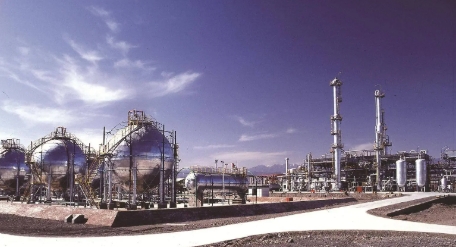
The scenario prompted the Power Ministry to mandate more blending with imported coal at 6 per cent from 4 per cent earlier.
TPPs with cumulative capacity exceeding 180 gigawatts (GW) imported 7.5 million tonnes (MT) of coal for blending last month, against 4.54 MT in the year-ago period, a growth of 65 per cent, government data showed.
However, inbound shipments of the critical commodity fell 9 per cent year-on-year to 35.28 MT during April-October in the current financial year, from 38.84 MT during the same period in FY23.
India’s power demand has surged at an unprecedented pace in the last few months, rising by more than 20 per cent y-o-y during August, September, October and November so far.
The rising power demand was a key issue of focus during the recently concluded meeting of Centre and State power ministers (October 6-7).
Sources said that during the next demand season, April to June, peak power demand can scale 250 gigawatts (GW) from 241 GW recorded on September 1, 2023.
Despite consistently higher production and despatch by the Coal Ministry, the rising consumption of electricity has stretched coal supplies at power plants.
Coal consumption
According to the monthly coal report, TPPs with capacity exceeding 206 GW consumed 75.7 MT of coal in October 2023 against 58.3 MT in October 2022.
During April-October 2023, consumption surged to 498 MT against 447.6 MT in the year-ago period.
Domestic supplies of the dry fuel were higher at 65.5 MT last month, compared to 55.9 MT in October 2022. During April-October 2023, supplies stood at 446.9 MT, against 410.7 MT in April-October 2022.
During October, Coal India (CIL) supplied 48.73 MT of coal, followed by captive mines at 7.88 MT. Singareni Collieries Company (SCCL) supplied 5.27 MT, while 3.03 MT of coal was procured through e-auctions.
Currently, the gap between consumption and receipt at domestic power plants is around 2.5 lakh tonnes (LT) per day.
Power consumption
India’s energy consumption rose 22 per cent Y-o-Y to 139 billion units in October 2023 owing to a surge in electricity demand, below-average rainfall, and lower base from last year.
TPPs ran at a plant load factor (PLF) of 71.72 per cent in October 2023 against 55.11 per cent last year. For April-October, the PLF was 68.73 per cent, against 62.75 per cent during the same period last year.







